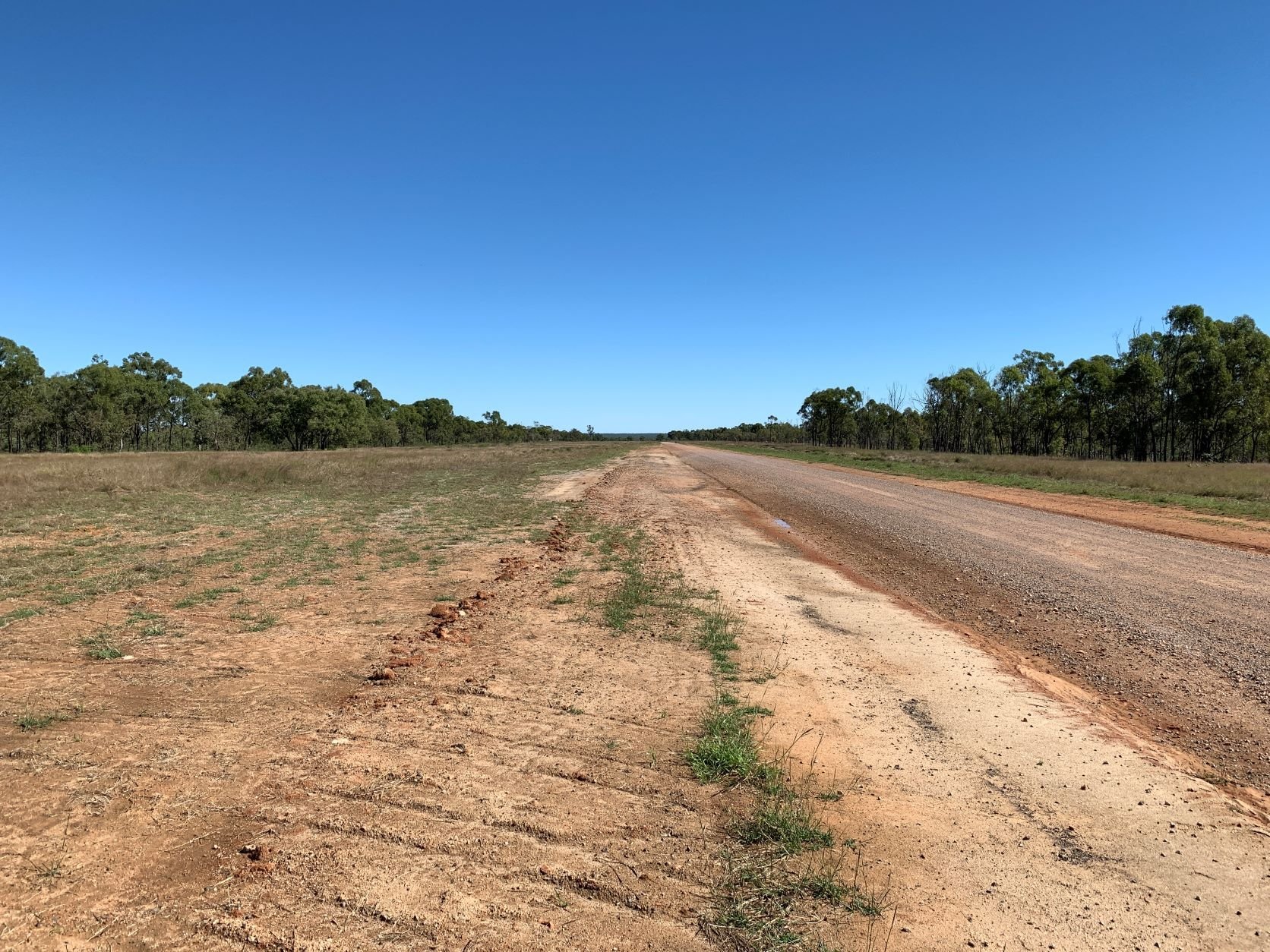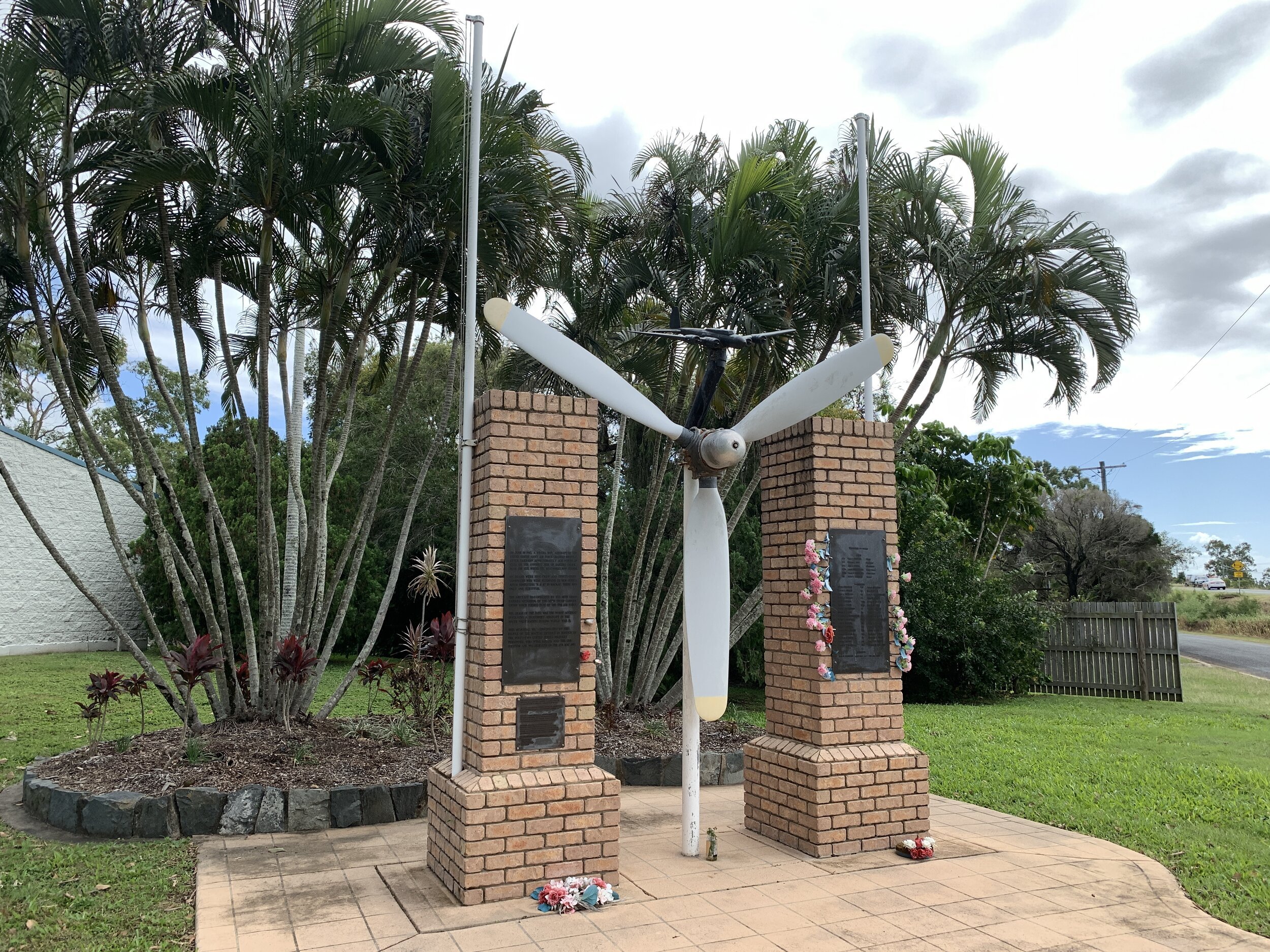The Generals of Cairns War Cemetery
Cairns War Cemetery is a small cemetery but is the final resting place of two of Australia’s great generals of WWII. Along with five others, they all have the same date of death. So what happened?
Australian Army WWII Service Numbers
For those who may have had relatives who served in the army during WWII or even if you have done some research, you would have come across a person’s service number. This number was unique to WWII. So, what did it all mean?
Chungkai War Cemetery
Five kilometres west of Kanchanaburi, is the Chungkai War Cemetery. It is the smallest of the three cemeteries which are the final resting place of those POWs who died while working on the Burma-Thailand Railway. Read the fascinating story of this little known, seldom visited but important part of the Railway story.
The Start of Construction of the Burma-Thailand Railway
October 2024 marks the 82nd anniversary of the ‘official’ start of construction of the Burma-Thailand Railway. Something that would be an engineering success but resulting in the needless loss of so many lives.
The Forgotten "Kapooka Tragedy"
On a cold winter afternoon on the 21st May 1945, as World War II was coming to an end, a massive explosion killing 26 soldiers, rocked the Kapooka Training Area near Wagga Wagga. It became known as the “Kapooka Tragedy” and is the Australian Army’s largest loss of life in a training accident.
Nurses in WWI
"War is a man's business"!! It was indeed true in 1914 and no women were to be found on the front line. But by the end of WWI, about 90,000 women, from the British Empire, had volunteered as nurses. More than 3,000 were Australians and about 550 were from New Zealand.
Singapore's 'Dunkirk' 1942
The massacre of 21 Australian nurses on a beach on Bangka Island, following the sinking of the SS Vyner Brooke, had everyone outraged. But the sinking of the Vyner Brooke was not an isolated incident. In an operation that would be described as Singapore’s ‘Dunkirk’, the incompetence of the British led Allied High Command in Singapore was evident and many people died as a result.
Fanning Airfield NQ
By mid 1942, the Battles of the Coral Sea and Midway had been fought and won against the Japanese. It was to be the turning point in the war but that was unclear at the time. In Australia, several airfields were being constructed between Townsville and Charters Towers in North Queensland. However, 18 months later, they were nearly deserted. Fanning Airfield was built but never used.
What’s It Like to be 10 Seconds from Death?
On 14 February 1942, Valentine’s Day, the British Military Hospital Singapore found itself in no-man’s-land as the British troops retreated in the face of the rampaging Japanese army. 900 soldier-patients lay in bed, awaiting their cruel fate, in those few hours just before the Fall of Singapore in what became known as The Alexandra Hospital Massacres. Wounded Gunners Fergus Anckorn and Dick Lee, both of the Royal Artillery, and Pte Alex Drummond, AIF, lived to tell their tale.
The Crash of RAAF Catalina (A24-52)
A small memorial sits on the outer side of the pool at the northern end of the Strand in Townsville, overlooking Cleveland Bay. It is a lonely and sad memorial to a tragic event that showed that in WWII, our airmen were not only subject to the perils of enemy action but also the prevailing weather conditions at the time.
80th Anniversary - Attack on Pearl Harbour
The 7th December 2021 (Honolulu time) marks the 80th Anniversary of the coordinated Japanese attack on Pearl Harbour, Hong Kong, the Philippines and Northern Malaya. It would bring WWII to the Pacific, the British stronghold at Singapore would be lost and over 80,000 Allied soldiers became prisoners of war of the Japanese. Hundreds of thousands from both sides would die and untold destruction would occur.
Prisoners of the Japanese
With the Fall of Singapore, about 80,000 allied soldiers became prisoners of war (POW’s) of the Japanese. On the islands of Java and Sumartra, another 40,000 became capitive while about 3,000 from Timor, Ambon and New Britian also became POW's. So what did the Japanese do with these POW's?
B-17C Flying Fortress crash at Bakers Creek, Mackay
Early on foggy morning in June 1943, a war weary B-17C of the USAAF, took off from Mackay Airport bound for New Guinea. it climbed through the fog layer and levelled out before commencing 2 left hand turns. Then suddenly, it plunged into bushland. A fireball erupted and all but one of the 41 occupants onboard were killed. It was and remains today, Australia’s worse aviation disaster.
Escape from the Japanese in WW2
After the Fall of Singapore, about 120,000 Allied and dutch soldiers including 22,000 Australians, became prisoners of war (POW’s) of the Japanese. The Japanese used the POW’s as forced labour either to reconstruct bombed airfields, to build the Burma-Thailand Railway or to work in the coal mines or factories in Japan. But little is ever mentioned about the POW’s who either escaped or attempted to escape.
Private Harold Martin
Private Harold Martin joined the army in late 1940, he was 23 at the time and left behind a wife and young son. Like so many men of that time, he felt “It was the right thing to do” to fight for his country. In late 1941, he was sent to Singapore as part of the Australian commitment to the British Garrison. On the 15th February 1942, he was amongst the 15,000 Australian soldiers who became prisoners of war (POW’s) of the Japanese in the Fall of Singapore.
Private Robert Goulden
Private Goulden was amongst the first Australians to be sent to Burma to work as forced labour for the Japanese. Escape from a Japanese work camps for Allied and Dutch POW’s was difficult. But against all the odds, Private Goulden would attempt an escape to get back to his young wife in Australia. It would have tragic consequences.
Capella, The Australian Light Horse and the Emu Plume
An unexpected find at Capella in Central Queensland, is a memorial to the Australian Light Horse and the origins of the emu plume. The anecdotal story tells that one day, back in early 1891, a detachment of troopers was on 'special duty' in the Capella area. When things were quiet, they broke the monotony by riding down emus and decorating their hats with the bird's feathers. Little did they know that the emu plume on the slouch hat would still remain a proud tradition in the army, 130 years later.
RAAF 461 Squadron – Courage & Coincidence
We read many stories of wartime exploits which highlight amazing bravery and daring in the face of near overwhelming odds. But there are times when unbelievable coincidences also occur.
Our story begins in 1942, in the dark days of World War 2. The Battle of Britain had been won but the war was far from over. A group of Australian airmen had been sent to England in March, to form RAAF 461 Squadron and fly Catalina Flying Boats.
Fall of Singapore: The Real Reasons
In a report by British General Wavell to Prime Minister Winston Churchill, Australian soldiers were singled out for criticism of their actions in the Fall of Singapore. A criticism that led London Newspapers to write “Australian cowardice led to the fall of Singapore”. But a closer look reveals where the real responsibility for the Fall of Singapore lies.




















